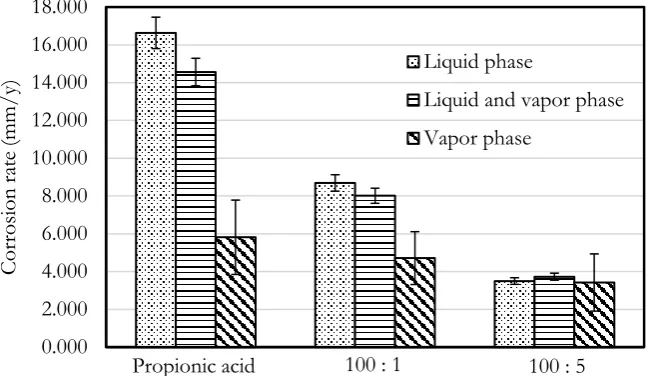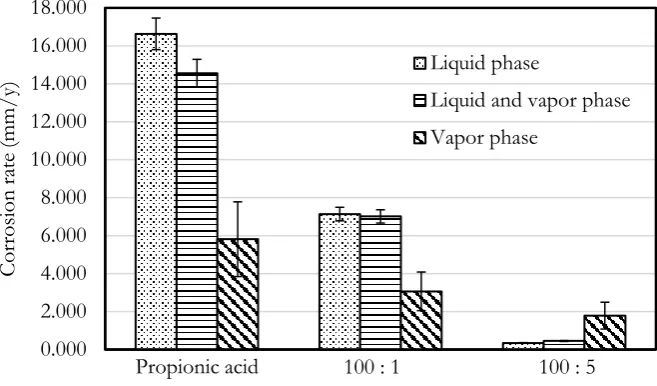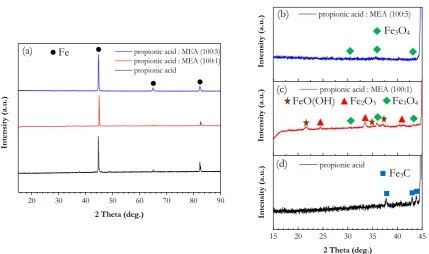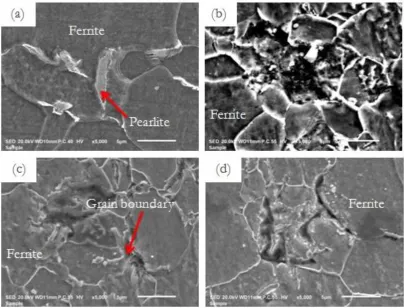Effect of Monoethanolamine on Corrosion of A283 Carbon Steel in Propionic Acid Solution
Full text
Figure

![Fig. 1. Immersion corrosion testing [13].](https://thumb-us.123doks.com/thumbv2/123dok_us/8106423.235233/3.595.165.449.143.444/fig-immersion-corrosion-testing.webp)


Related documents
Research Article DEVELOPMENT OF GASTRORETENTIVE OPTIMIZED ONCE A DAY FLOATING AND/OR BIOADHESIVE TABLET OF ALFUZOSIN 1Department of Pharmaceutical Sciences, JJT Univesity, Rajasthan,
My point, however, is that habits, attitudes, appetites and norms are important to education; that because of this a free market that allowed for the deliberate development of habits,
The objective of the present study was to evaluate awareness and rational use of pictogram in pharmacy students, further comparison of locally developed,
The major factors which affect the efficiency of liquid jet ejector are liquid flow rate, gas flow rate, the concentration of absorbing liquid and the concentration of
We focus on the fixed conversion price in this section and investigate the credit spread of con- tingent capital under di ff erent conversion prices and its sensitivity to the
On the surface, such patterns facilitate infiltration or drainage with limited soil loss; in the unsaturated zone, pat- terns facilitate efficient replenishment of moisture deficits
5, the synthetic runoff data for six characteristic examples of hypothetical watersheds comprising three CN value categories are plotted in comparison to the runoff pre- dictions of
By incorporating a multi-linear regression approach, we have been able to establish significant relationships to predict deep drainage beneath annual and, tree and perennial

